Overactive Bladder
Overactive Bladder (OAB) is a chronic medical condition characterized by a sudden, frequent, and uncontrollable urge to urinate.
Overactive Bladder (OAB) is a chronic urinary condition characterized by a sudden, frequent, and uncontrollable urge to urinate, often accompanied by urinary incontinence, increased daytime urination, and nocturia (waking up at night to urinate). It occurs due to involuntary contractions of the detrusor muscle in the bladder, leading to an urgent need to void even when the bladder is not full. OAB can result from neurological disorders, bladder muscle dysfunction, hormonal changes, infections, or lifestyle factors such as excessive caffeine or alcohol intake. While not a life-threatening condition, OAB significantly impacts daily activities, emotional well-being, and quality of life
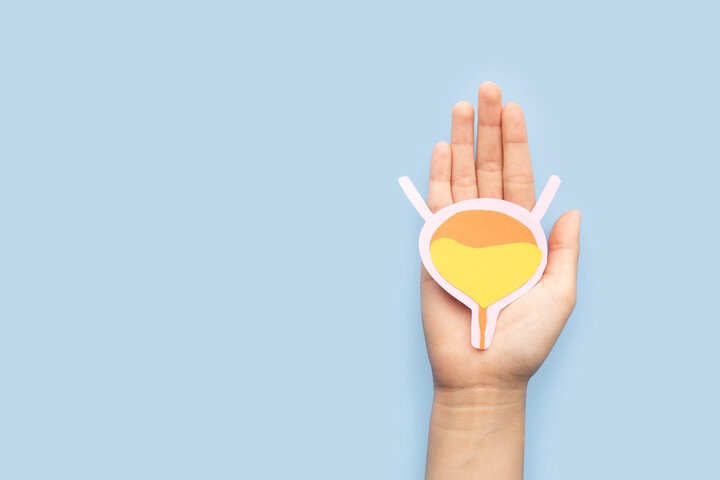

Overactive Bladder (OAB)
Symptoms of Overactive Bladder
Urinary Urgency – A sudden and uncontrollable urge to urinate, often occurring without warning. It may lead to discomfort and create anxiety about finding a restroom quickly. This symptom is caused by involuntary bladder contractions even when the bladder isn't full.
Urinary Frequency – The need to urinate more than 8 times a day, even with normal fluid intake. It disrupts daily routines, making it difficult to focus on work or social activities. Frequent urination can also indicate underlying bladder dysfunction.
Nocturia – Waking up multiple times at night to urinate, which interrupts sleep and causes fatigue. It can result from bladder overactivity, reduced nighttime bladder capacity, or excessive fluid intake before bedtime. Poor sleep quality due to nocturia may affect overall health and well-being.
Urge Incontinence (Not Always Present) – Sudden, involuntary urine leakage before reaching the toilet, often linked to strong bladder contractions. It can be embarrassing and impact social confidence, leading to avoidance of public outings. This symptom is more common in severe cases of OAB.
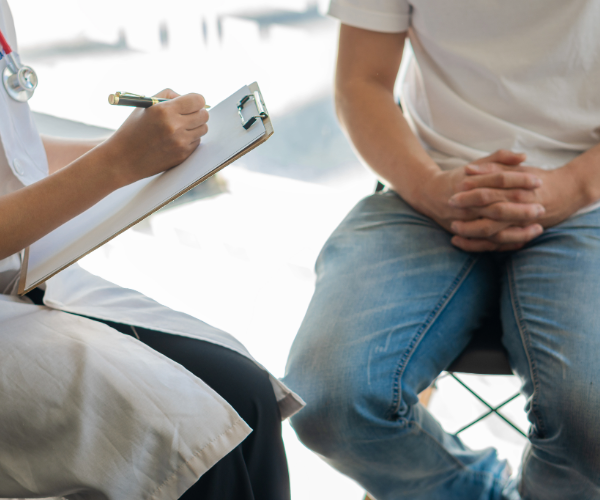

Diagnosis of OAB
Medical History and Symptom Assessment
Duration, severity, and frequency of symptoms.
Associated conditions like diabetes, UTIs, or neurological disorders.
Physical Examination
Abdominal and pelvic examination.
Neurological assessment for nerve function.
Diagnostic Tests
Urinalysis & Urine Culture – Rules out infections and hematuria (blood in urine).
Bladder Diary – Records fluid intake, urination frequency, and urgency levels.
Post-Void Residual (PVR) Test – Measures urine left in the bladder after urination.
Urodynamic Studies – Evaluates bladder pressure and function.
Cystoscopy – Checks for bladder abnormalities like stones or tumors.
Ultrasound or MRI – Used for complex cases to assess structural issues.
Treatment and Management Strategies
B. Medications
Anticholinergics (Oxybutynin, Tolterodine, Solifenacin, Darifenacin) – Reduce bladder muscle contractions.
Beta-3 Agonists (Mirabegron) – Increases bladder relaxation and capacity.
Botulinum Toxin (Botox) Injections – Blocks nerve signals to prevent overactive contractions.
A. Lifestyle Modifications
Bladder Training – Delaying urination gradually to improve control.
Timed Voiding – Urinating at scheduled intervals rather than waiting for urgency.
Pelvic Floor Exercises (Kegels) – Strengthens bladder-supporting muscles.
Dietary Changes – Avoiding bladder irritants like caffeine, alcohol, spicy foods.
Weight Management – Reducing excess weight to relieve pressure on the bladder.
C. Behavioral Therapy
Cognitive Behavioral Therapy (CBT) – Helps manage anxiety related to OAB.
Hypnotherapy – Some studies suggest relaxation techniques may help control symptoms.
D. Medical Procedures
Nerve Stimulation (Sacral Neuromodulation, Tibial Nerve Stimulation) – Modifies nerve signals to improve bladder control.
Bladder Augmentation Surgery – Used in severe cases to increase bladder capacity.
Catheterization – Intermittent self-catheterization in cases of urinary retention.
Neurological Causes (Neurogenic OAB)
Stroke – Damage to brain regions controlling bladder function.
Multiple Sclerosis (MS) – Disrupts nerve signals between the bladder and brain.
Parkinson’s Disease – Causes involuntary bladder contractions.
Spinal Cord Injury – Impairs communication between the brain and bladder.
Non-Neurological Causes (Idiopathic OAB)
Bladder Muscle Overactivity – The detrusor muscle (bladder muscle) contracts excessively.
Aging – Decreased bladder capacity and muscle elasticity.
Hormonal Changes – Estrogen deficiency after menopause can weaken bladder control.
Diabetes – Can lead to nerve damage affecting bladder function.
Urinary Tract Infections (UTIs) – Cause irritation, leading to urgency and frequency.
Bladder Outlet Obstruction – Conditions like benign prostatic hyperplasia (BPH) in men.
Obesity – Excess weight increases abdominal pressure on the bladder.
Caffeine and Alcohol Consumption – Stimulates bladder contractions
Causes and Risk Factors

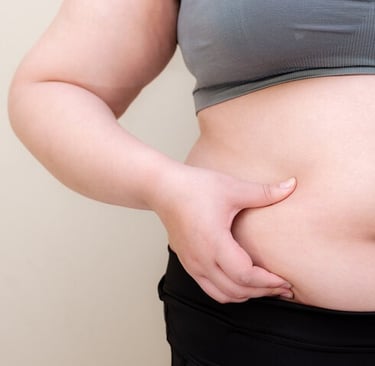
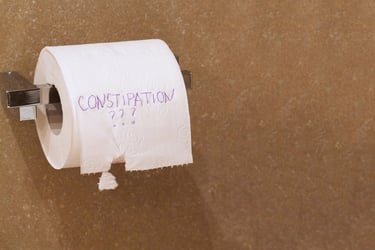

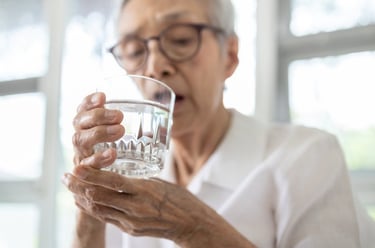

Prevention Strategies
Stay Hydrated (But Not Excessive Fluid Intake) – Drinking enough water helps maintain bladder health and prevent irritation. However, excessive fluid intake can increase urinary frequency and worsen OAB symptoms. It's essential to balance hydration without overloading the bladder. Monitoring fluid intake throughout the day can help regulate urination patterns.
Limit Diuretics – Reducing caffeine, alcohol, and carbonated drinks helps minimize bladder irritation. These substances act as diuretics, increasing urine production and urgency. Cutting back on them can significantly improve bladder control and reduce nocturia. Herbal teas or water-based alternatives can be better choices.
Maintain a Healthy Weight – Excess body weight puts additional pressure on the bladder and pelvic floor muscles. This can lead to increased urinary urgency, frequency, and incontinence. Losing even a small amount of weight can relieve pressure and improve bladder function. A balanced diet combined with exercise can help achieve a healthy weight.
Avoid Smoking – Smoking is linked to bladder irritation and an increased risk of bladder cancer. Chronic coughing from smoking can also weaken pelvic floor muscles, worsening urinary leakage. Quitting smoking can significantly reduce bladder inflammation and improve overall health. Support programs and nicotine replacement therapy can help in smoking cessation.
Regular Physical Activity – Exercise strengthens pelvic muscles, improving bladder control and reducing OAB symptoms. Activities like Kegel exercises, yoga, and core workouts enhance bladder support. Regular movement also helps in weight management and reduces stress-related urgency. Maintaining an active lifestyle promotes overall urinary health.



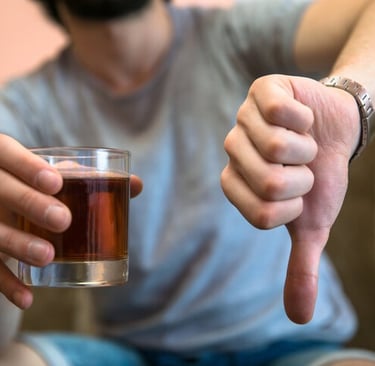

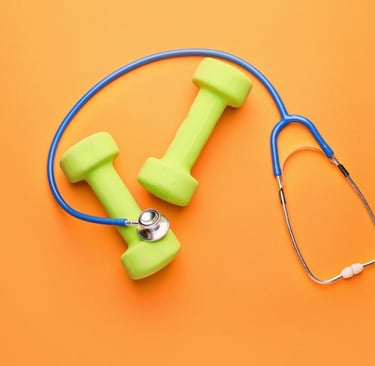
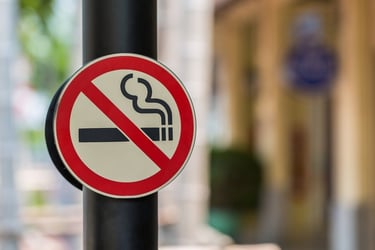



Conclusion
Overactive Bladder (OAB) is a common yet often distressing condition that significantly impacts daily life, sleep, and emotional well-being. While it is not life-threatening, its symptoms—such as urinary urgency, frequency, nocturia, and incontinence—can lead to discomfort and social embarrassment. Early diagnosis and a comprehensive treatment approach, including lifestyle modifications, behavioral therapies, medications, and advanced interventions, can effectively manage symptoms and improve quality of life. By adopting preventive measures like maintaining a healthy weight, staying hydrated, limiting bladder irritants, and practicing pelvic floor exercises, individuals can reduce the risk of OAB or alleviate its severity. With proper management, those affected by OAB can regain confidence, control their symptoms, and lead a more comfortable and active life.
